Angel Sappa
A sensor-to-pattern calibration framework for multi-modal industrial collaborative cells
Oct 19, 2022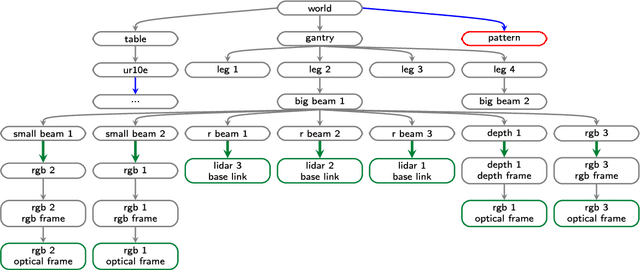

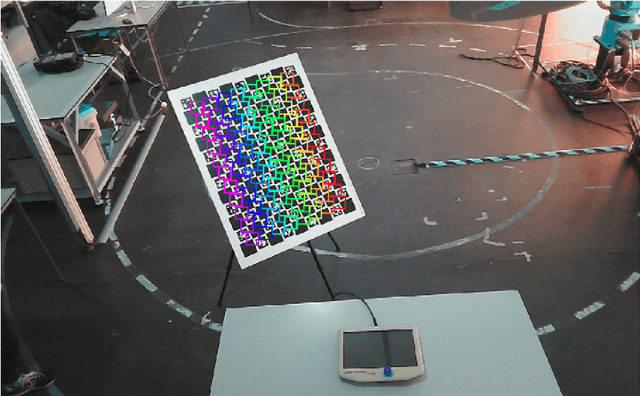
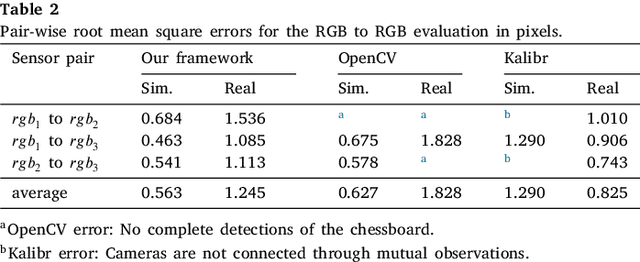
Abstract:Collaborative robotic industrial cells are workspaces where robots collaborate with human operators. In this context, safety is paramount, and for that a complete perception of the space where the collaborative robot is inserted is necessary. To ensure this, collaborative cells are equipped with a large set of sensors of multiple modalities, covering the entire work volume. However, the fusion of information from all these sensors requires an accurate extrinsic calibration. The calibration of such complex systems is challenging, due to the number of sensors and modalities, and also due to the small overlapping fields of view between the sensors, which are positioned to capture different viewpoints of the cell. This paper proposes a sensor to pattern methodology that can calibrate a complex system such as a collaborative cell in a single optimization procedure. Our methodology can tackle RGB and Depth cameras, as well as LiDARs. Results show that our methodology is able to accurately calibrate a collaborative cell containing three RGB cameras, a depth camera and three 3D LiDARs.
* Journal of Manufacturing Systems
Dense Extreme Inception Network for Edge Detection
Dec 04, 2021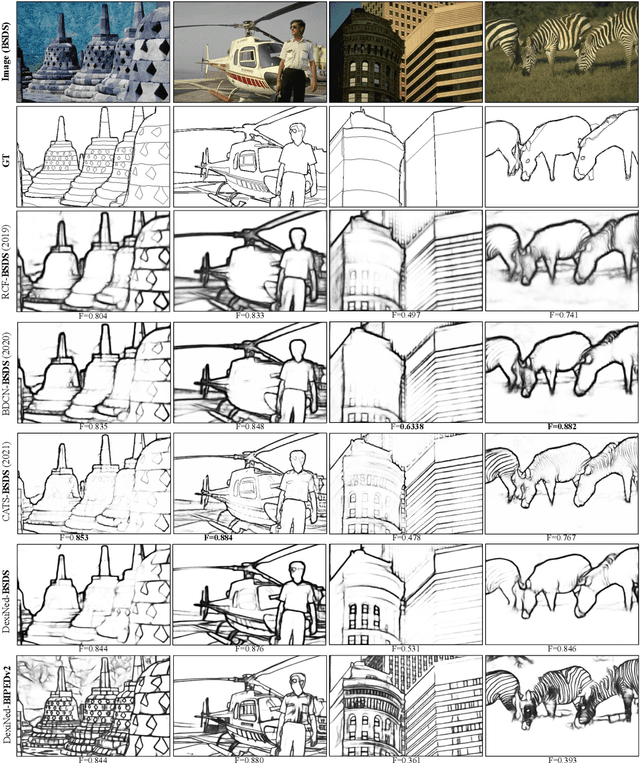

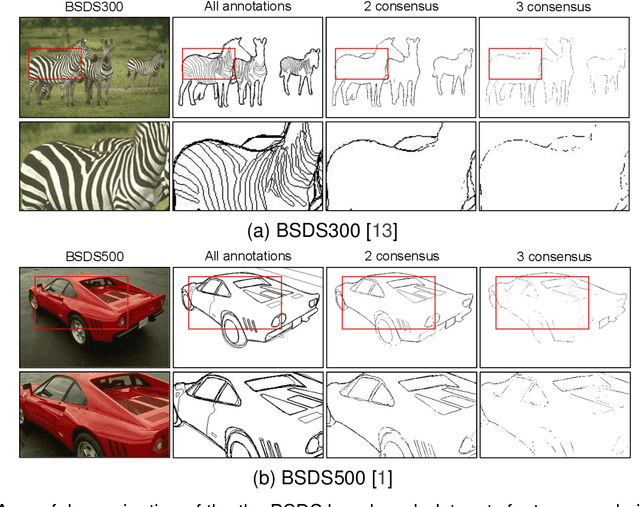
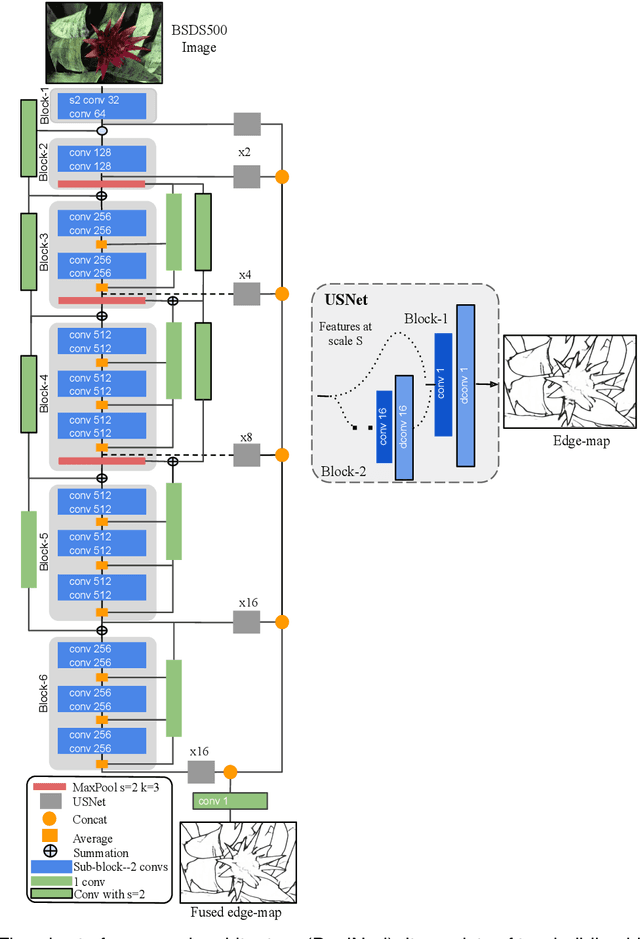
Abstract:Edge detection is the basis of many computer vision applications. State of the art predominantly relies on deep learning with two decisive factors: dataset content and network's architecture. Most of the publicly available datasets are not curated for edge detection tasks. Here, we offer a solution to this constraint. First, we argue that edges, contours and boundaries, despite their overlaps, are three distinct visual features requiring separate benchmark datasets. To this end, we present a new dataset of edges. Second, we propose a novel architecture, termed Dense Extreme Inception Network for Edge Detection (DexiNed), that can be trained from scratch without any pre-trained weights. DexiNed outperforms other algorithms in the presented dataset. It also generalizes well to other datasets without any fine-tuning. The higher quality of DexiNed is also perceptually evident thanks to the sharper and finer edges it outputs.
 Add to Chrome
Add to Chrome Add to Firefox
Add to Firefox Add to Edge
Add to Edge